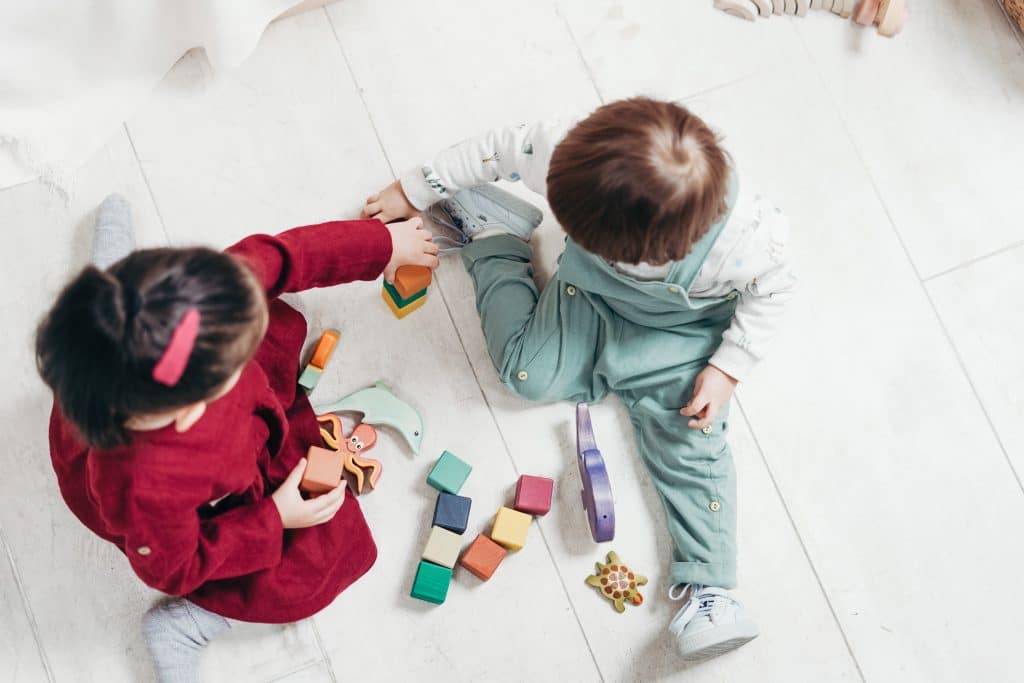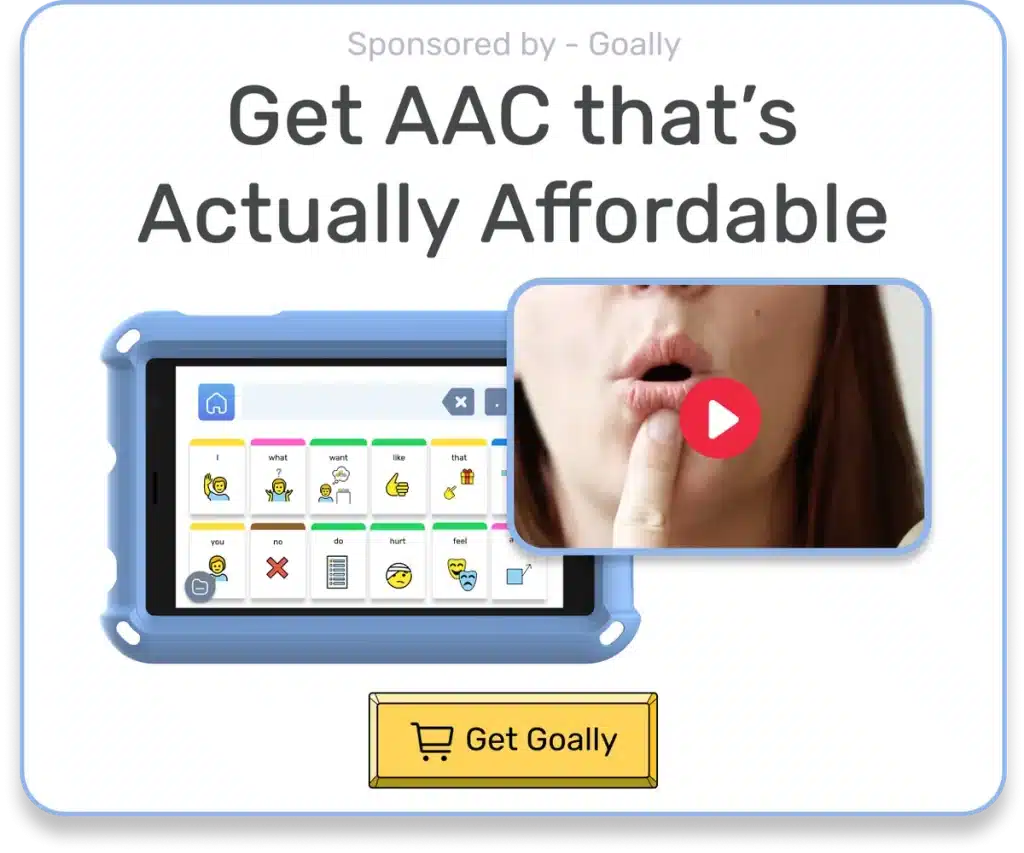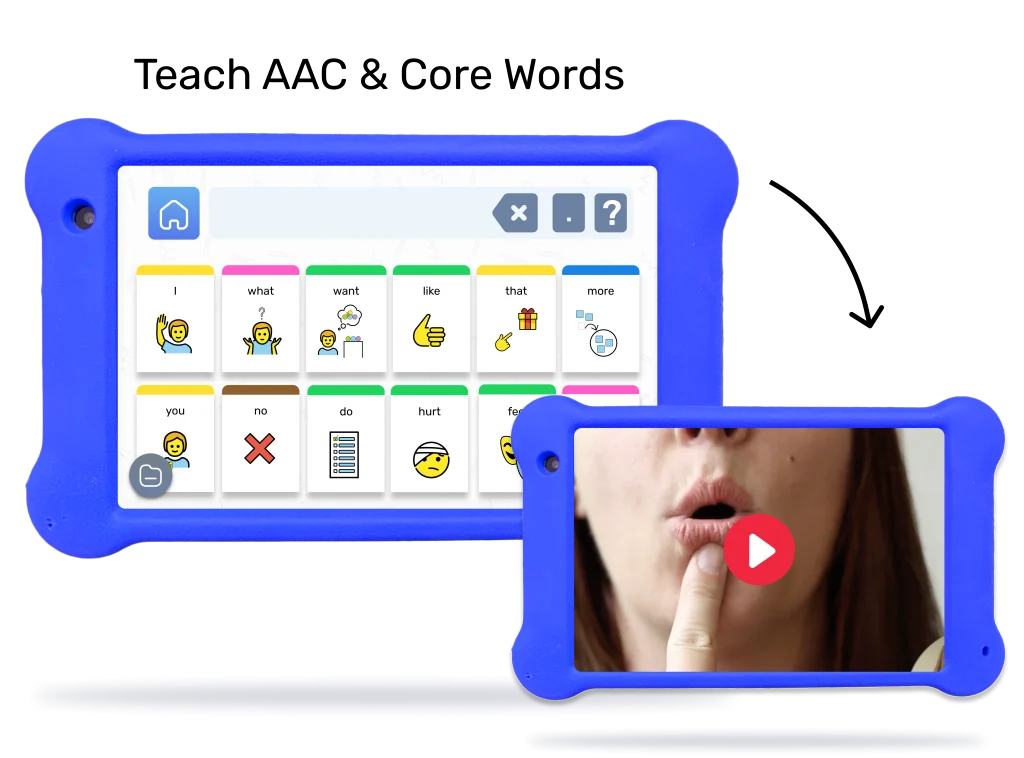Imagine a world where your child effortlessly communicates their thoughts, feelings, and ideas. For parents of neurodivergent kids, this dream can become a reality through natural language acquisition. In this guide, we’ll explore the ins and outs of this process, offering tips and strategies to help your child develop their language skills. From understanding the basics of language development to implementing practical activities, we’ve got you covered. So, let’s embark on this journey together and help your child unlock the world of communication with the support of tools like Goally.
Table of Contents
Understanding Natural Language Acquisition
Natural language acquisition is the process by which children learn to understand and use language in their everyday lives. This process typically occurs in stages, with kids gradually developing their listening, speaking, reading, and writing skills. For neurodivergent kids, this process may look different or take longer, but with the right support and strategies, they can make significant progress.
Key Stages of Language Development
- Pre-linguistic stage: In this stage, babies communicate through non-verbal cues like crying, cooing, and babbling. They also start to recognize and respond to familiar sounds and voices.
- One-word stage: Around the age of 12-18 months, children begin to use single words to express their needs and desires. They also start to understand simple instructions and questions.
- Two-word stage: By the age of 2, kids start to combine words to form simple phrases, such as “more juice” or “daddy home.” They also begin to understand more complex instructions and questions.
- Multi-word stage: From the age of 3 onwards, children’s vocabulary and grammar skills rapidly expand, allowing them to communicate more effectively and understand increasingly complex language.
“Which language games will help my kid the fastest?” 👇
Goally’s tablet has some of the top language learning games & apps that help kids learn their first 50 words, practice finger dexterity & fine motor skills, AND communicate with AAC.
It’s essential to recognize that every child’s language development journey is unique, especially for neurodivergent kids. By understanding the process of natural language acquisition and implementing the strategies outlined in this guide, you can help your child unlock the world of communication.
Supporting Your Child’s Language Development
As a parent, you play a crucial role in your child’s natural language acquisition journey. Here are some strategies to support your child’s language development, tailored to the unique needs of neurodivergent kids.
1. Create a Language-Rich Environment
Surround your child with opportunities to engage with language. This includes reading books, singing songs, and having conversations with them. For kids with thinking and learning differences, consider using visual aids, such as picture books or flashcards, to help them better understand and process language.

Read more: What Are The Stages of Language Acquisition?
- Read aloud to your child daily, using books with engaging illustrations and simple text.
- Encourage your child to participate in conversations by asking open-ended questions.
- Use tools like Goally to provide visual schedules and reminders that can help reinforce language learning.
2. Encourage Imitation and Repetition
Imitation and repetition are essential for language learning. Encourage your
Child to repeat words and phrases they hear and model correct pronunciation and grammar for them. Moreover, use simple, clear language when speaking to your child, as this will make it easier for them to imitate and understand you.
- Repeat new words and phrases multiple times to help your child remember them.
- Use songs, rhymes, and games to make repetition fun and engaging.
- Provide positive reinforcement when your child successfully imitates language.
3. Use Gestures and Non-Verbal Communication
Non-verbal communication, such as gestures and facial expressions, can help kids with special needs better understand and express themselves. Teach your child to use gestures, like pointing or waving, to communicate their needs and desires. This can also help them build a foundation for more complex language skills.
- Model appropriate gestures and facial expressions during conversations.
- Encourage your child to use gestures to support their verbal communication.
- Use tools like Goally to provide visual cues that can help reinforce non-verbal communication skills.

Read more: Child Development Stages
4. Play Language-Based Games
Games can be a fun and engaging way to support your child’s language development. Try playing games like “I Spy,” “Simon Says,” or “20 Questions” to help your child practice their listening, speaking, and reasoning skills. For kids with unique needs, consider adapting these games to suit their abilities and interests.
- Choose games that focus on vocabulary, grammar, or listening skills.
- Modify games to match your child’s language abilities and interests.
- Play games regularly to provide consistent language practice.
Seeking Professional Support
While there’s a lot you can do at home to support your child’s natural language acquisition, sometimes professional help may be necessary. Speech and language therapists can assess your child’s language skills, identify any areas of difficulty, and provide tailored support and strategies to help them progress. If you’re concerned about your child’s language development, don’t hesitate to seek professional advice.
| Signs Your Child May Need Professional Support |
|---|
| Difficulty understanding or following simple instructions |
| Struggling to express themselves verbally |
| Challenges with pronunciation or speech clarity |
| Significantly delayed language development compared to peers |
Remember, progress may be slow, but with patience, persistence, and support, your child can achieve their full language potential.

Goally | Apps that Teach Kids AAC & Core Words
Is your child facing challenges in expressing themselves or communicating effectively? Goally has one of the best language language learning apps for kids to support their journey in building essential communication skills!

The Word Lab and AAC Talker apps provide a simple, engaging platform for your child to learn core words and become a functional communicator right from the start. Customize the experience with a voice that suits them, and watch as their confidence grows in expressing their thoughts and needs!
Embracing Your Child’s Unique Language Journey
Every child’s language development journey is unique, especially for neurodivergent kids. By understanding the process of natural language acquisition and implementing the strategies outlined in this guide, you can help your child unlock the world of communication. With the support of tools like Goally, you can provide a structured and engaging environment for your child to thrive in language development. Remember, progress may be slow, but with patience, persistence, and support, your child can achieve their full language potential.
This post was originally published on 05/17/2023. It was updated on 09/06/2023.

Goally
We help parents teach their kids life skills, like doing bedtime and morning independently. Backed by science, we incorporate evidence-based practices and expert-informed designs in all of our apps and content.





